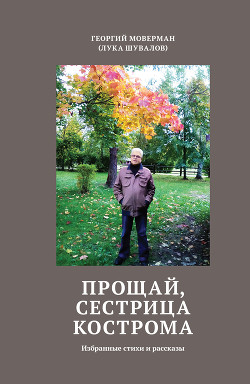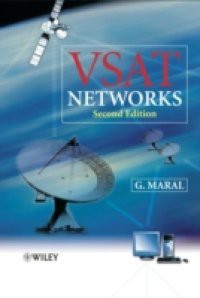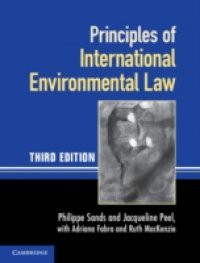Parametric optimization, especially in machining of non-ferrous alloys seems to be quite rare and needs an immediate attention because of its associated downstream financial and non-financial losses. This book tries to fill the gap and presents an optimization problem of commonly used Al-7020 Alloy. Principles of Response Surface Methodology (RSM) have been implemented through Minitab software to bring necessary multi-response optimization, while turning on a CNC turner. The present study focuses on to enhance Material Removal Rate (MRR) while simultaneously reducing the Surface Roughness (Ra), during turning of Al-alloy. Such opposite natured response optimization is much difficult to achieve, particularly when uncoated carbide tip has been used as a cutting tool. Intensive literature survey helps to pin point parameters like; Cutting Speed, Feed Rate and Depth of Cut as a most critical to machining parameters, as far as effective and efficient optimization of selected responses are concerned. All these control-parameters are directly or inversely related to each other. If the depth of cut is increased MRR increases at the same time we get poor surface finish. Increase in the cutting speed has positive impact on both material removal rate and surface finish. Shortlisted parameters are conflicting, so we have to optimize these for further enhancement of the overall turning performance. At last, the optimized results are verified by using ANOVA as a statistical tool. This book provides quite rare Case-study of multi-response optimization (while non-ferrous CNC turning) to practioners, machinists and SME owners appropriately.

















